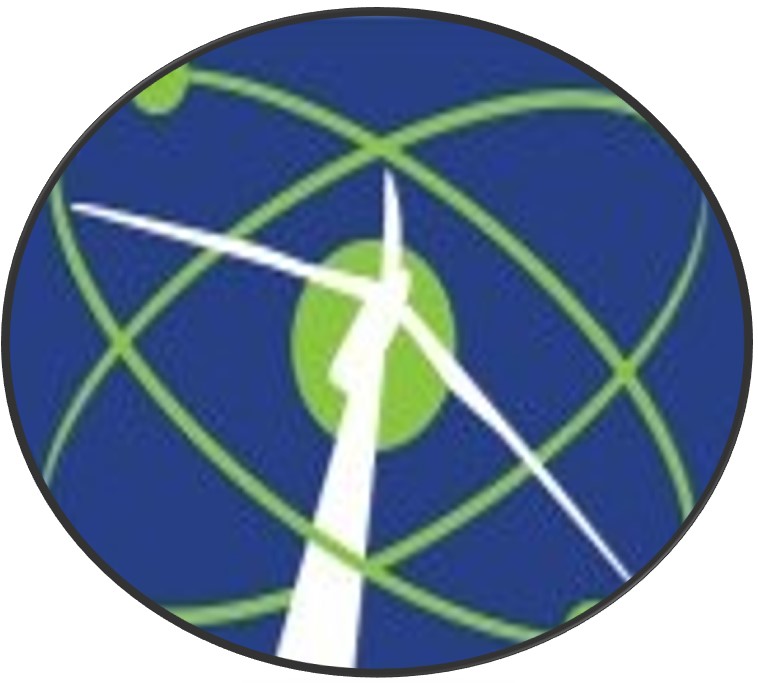Transitioning towards net-zero carbon dioxide (CO2) emissions by 2050 is the greatest challenge for the air transport industry. The aviation industry took the momentous decision to reach net zero CO2 emissions in 2021, followed by ICAO member states in 2022.
To achieve this ambition, a basket of measures that covers aviation energy transition, aircraft technology breakthrough, operational improvements, market-based measures, and policy support is required. Given the significant uncertainties associated with this journey, there will not be a single universal pathway for the sector to reach net zero by 2050.
is is the first publication to compare 14 leading net zero CO2 transition roadmaps for aviation. The report aims to provide a “one-stop shop” for airlines, policymakers and all aviation stakeholders to better understand the key similarities and differences between the various roadmaps, and their visions for achieving net zero carbon emissions for aviation by 2050. Specifically, the report compares the selected roadmaps in terms of their scope, key input assumptions, modeled aviation energy demand, respective CO2 emissions, and the emissions reduction potential of each mitigation lever (new aircraft technologies, zero-carbon fuels, SAF, and operational improvements).
Key findings from this analysis include:
- Possible pathways to net zero CO2 emissions by 2050 differ significantly depending on the key assumptions of the authors regarding how decarbonization technologies and solutions may evolve. Depending on these assumptions, the resulting role of particular levers in aviation’s decarbonization will be more or less important.
- All roadmaps assume that Sustainable Aviation Fuels (SAF) will be responsible for the greatest amount of CO2 reductions by 2050. The role of SAF varies from 24%-70% (with a median value of 53%). This wide range reflects the uncertainties regarding potential supportive government action, the level of investments, cost of production, and profit potential, as well as access to feedstocks.
- Technology and operational efficiency improvements are expected to have a similar role in the net zero transition across the roadmaps, together contributing to about 30% of the emissions reduction in 2050 in all scenarios.
- The estimated emissions savings by hydrogen and battery-powered aircraft vary greatly across the roadmaps, depending on whether a strong pro-hydrogen policy is adopted, and on whether there is a rapid decline in renewable energy prices, enabling swifter uptake of electricity-based technologies.
- To achieve net zero CO2 emissions in 2050, almost all the global roadmaps suggest that the aviation sector will need help from market-based measures and carbon removals to address the residual emissions in 2050. Even if carbon removal technologies are considered an ”out-of-sector” mitigation measure, it is still both urgent and critical to develop these technologies as CO2 will be needed as feedstock for producing power-to-liquid (PtL) fuels.










